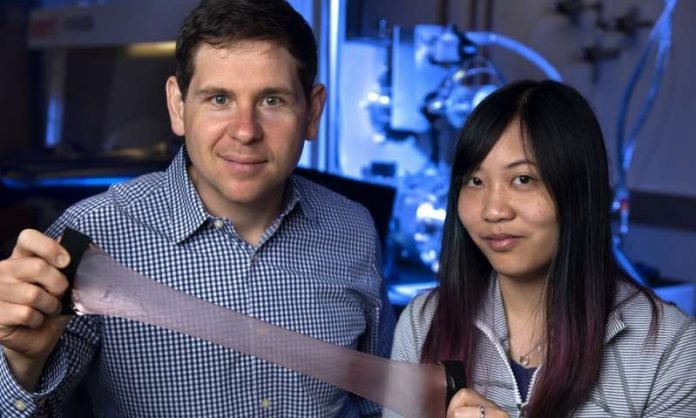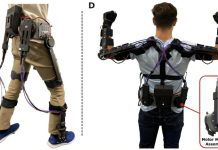
In a new study, researchers have developed a new type of space blanket that enables users to control their temperature.
The researchers were inspired by squid skin to make the invention.
The research was conducted by engineers at the University of California, Irvine.
Ultra-lightweight space blankets have been used for many years. They can help prevent the loss of body heat.
One drawback of the space blankets is that the material is static.
In the new study, the team has created a new blanket with changeable properties so people can control how much heat is trapped or released.
The researchers were inspired by various species of squids, octopuses, and cuttlefish. These animals use their adaptive, dynamic skin to thrive in aquatic environments.
The team used a similar concept in their design and created a layer of tiny metal ‘islands’ that border each other.
When the material is relaxed, the islands are bunched together and the material reflects and traps heat.
When the material is stretched, the islands spread apart and allow infrared radiation to go through and heat to escape.
The researchers suggest that the new design has many applications. For example, it can be inserted in buildings to adapts to different environmental conditions.
It can also make fabricate tents that are good at keeping occupants comfortable outdoors.
It can also effectively manage the temperature of valuable electronic components.
The new material can also make new clothes for athletes. The team is now working with counterparts at athletic apparel manufacturer Under Armour Inc.
In addition, the material helps to reduce 30% to 40% of heating and air conditioning energy use.
One author of the study is Alon Gorodetsky, UCI associate professor of chemical & biomolecular engineering.
The study is published in Nature Communications.
Copyright © 2019 Knowridge Science Report. All rights reserved.



